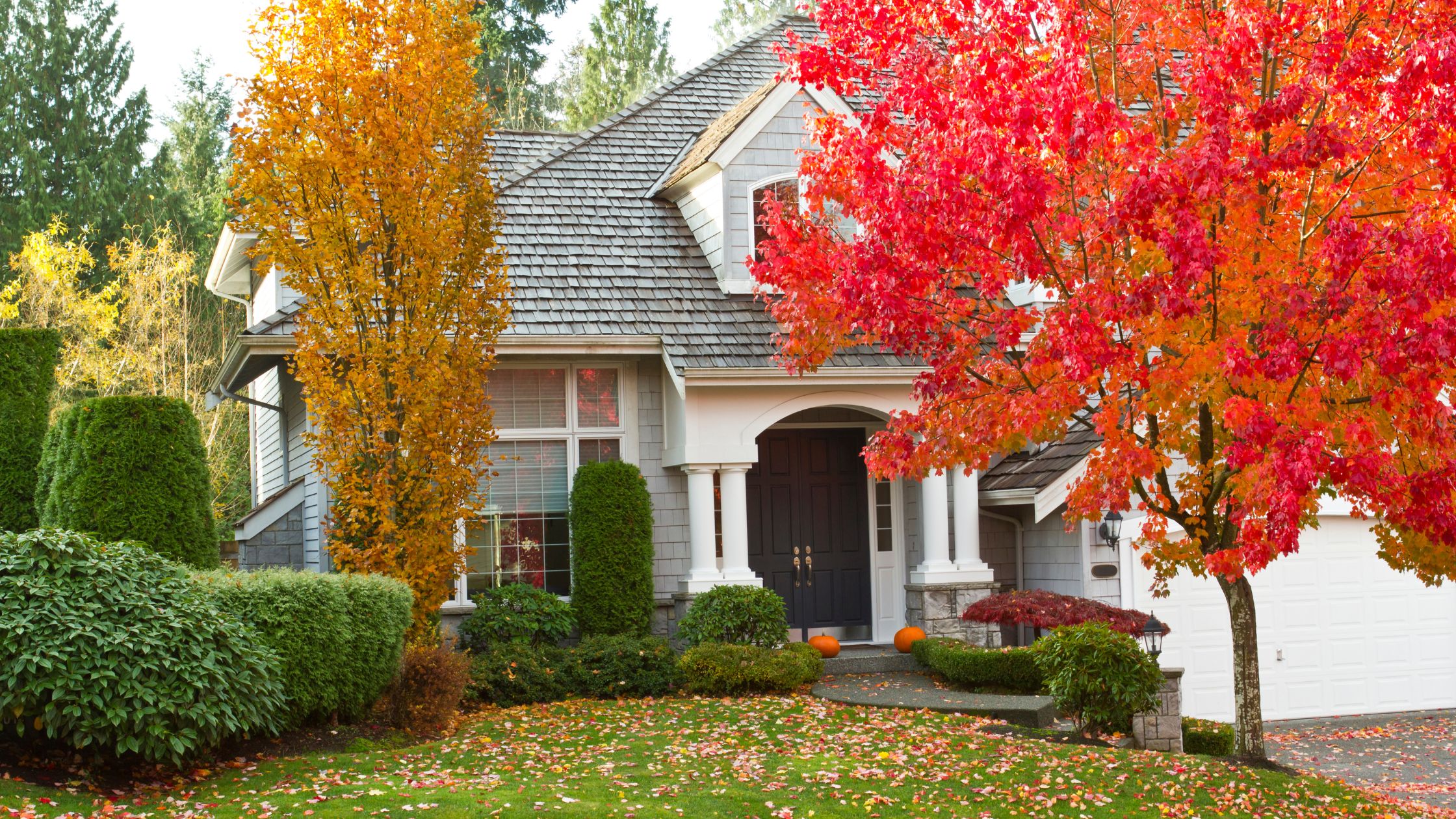Fall Roof Repairs or Replacements: What You Need to Know

As the leaves start to change and the temperature drops, homeowners turn their attention to fall maintenance tasks. One crucial aspect of home maintenance during the fall season is taking care of your roof. Your roof plays a vital role in protecting your home from the elements, so it’s essential to ensure it’s in good condition before winter arrives. In this blog post, we’ll explore whether fall roof repairs are sufficient or if it’s time for a replacement.
Assessing the Current State of Your Roof
Before deciding between fall roof repairs or replacement, you should assess the current condition of your roof. Several factors can help you determine the right course of action:
1. Age of the Roof: The age of your roof is a crucial factor. Asphalt shingle roofs typically last 20-30 years, while other materials like metal or tile can have longer lifespans. If your roof is nearing the end of its expected lifespan, replacement might be the better choice.
2. Extent of Damage: Examine your roof for signs of damage. Missing or damaged shingles, leaks, or visible wear and tear are red flags that may indicate the need for repairs or replacement.
3. Leaks: If you have recurring leaks, it’s a clear indication that your roof needs attention. Even if the leaks seem minor, they can lead to significant structural damage over time.
4. Energy Efficiency: An older, inefficient roof can result in higher heating and cooling costs. Replacing it with a more energy-efficient option can save you money in the long run.
When to Opt Out for Roof Repairs
Roof repairs can be a cost-effective solution if your roof is still relatively young and the damage is isolated or minor. Here are some scenarios where roof repairs make sense:
1. Localized Damage: If the damage is confined to a specific area of your roof, repairs may be all that’s needed. This could involve replacing a few shingles or fixing a small section.
2. Routine Maintenance: Regular roof maintenance, such as sealing flashing, cleaning gutters, and re-caulking vents, can extend the life of your roof.
3. Budget Constraints: If you’re on a tight budget, addressing immediate issues with repairs can provide you with more time to save for a full replacement down the road.
When to Consider Roof Replacement
Roof replacement becomes necessary in more severe situations. Here are some indicators that it’s time to replace your roof:
1. Advanced Age: If your roof is nearing the end of its lifespan or has already exceeded it, it’s a wise choice to invest in a replacement rather than pouring money into frequent repairs.
2. Multiple Problems: If your roof exhibits several issues across different areas, it may be more cost-effective to replace it rather than patching up various spots.
3. Energy Efficiency: Upgrading to a more energy-efficient roofing material can lower your energy bills and enhance your home’s insulation properties.
4. Warranty Concerns: Warranties on roofing materials typically have a limited lifespan. If your warranty is close to expiration, a replacement can provide you with a new warranty and peace of mind.
Selecting the Right Roofing Material
When opting for a roof replacement, you’ll have several roofing materials to choose from, each with its advantages and disadvantages:
1. Asphalt Shingles: Cost-effective and widely used, asphalt shingles come in various styles and colors. They are relatively easy to install and maintain.
2. Metal Roofing: Known for its longevity, metal roofing is highly durable and can last 50 years or more. It’s also energy-efficient and environmentally friendly.
3. Wood Shingles or Shakes: These provide a classic, natural look but require more maintenance and may be prone to fire hazards.
4. Slate or Tile: Offering a timeless and elegant appearance, slate and tile roofs are durable but can be expensive to install.
5. Synthetic Roofing Materials: Some newer roofing materials mimic the look of traditional materials like slate or wood but are more cost-effective and low-maintenance.
Conclusion
Deciding between fall roof repairs or replacement depends on various factors, including the age and condition of your roof, budget considerations, and long-term goals. Regular inspections and maintenance are key to extending the life of your roof. When in doubt, it’s advisable to consult with a roofing professional who can assess your specific situation and recommend the best course of action to protect your home and investment.

In Awe Roofing Limited is an Award-Winning, family owned and operated Vancouver Roofing Contractor with over 17 years of roofing experience. We serve the entire Lower Mainland area, from Whistler to Chilliwack, employing a team of professional staff members. Our team has won numerous awards including Best of Homestars for the last five years, and Three Best Rated six years in a row. Learn more






















